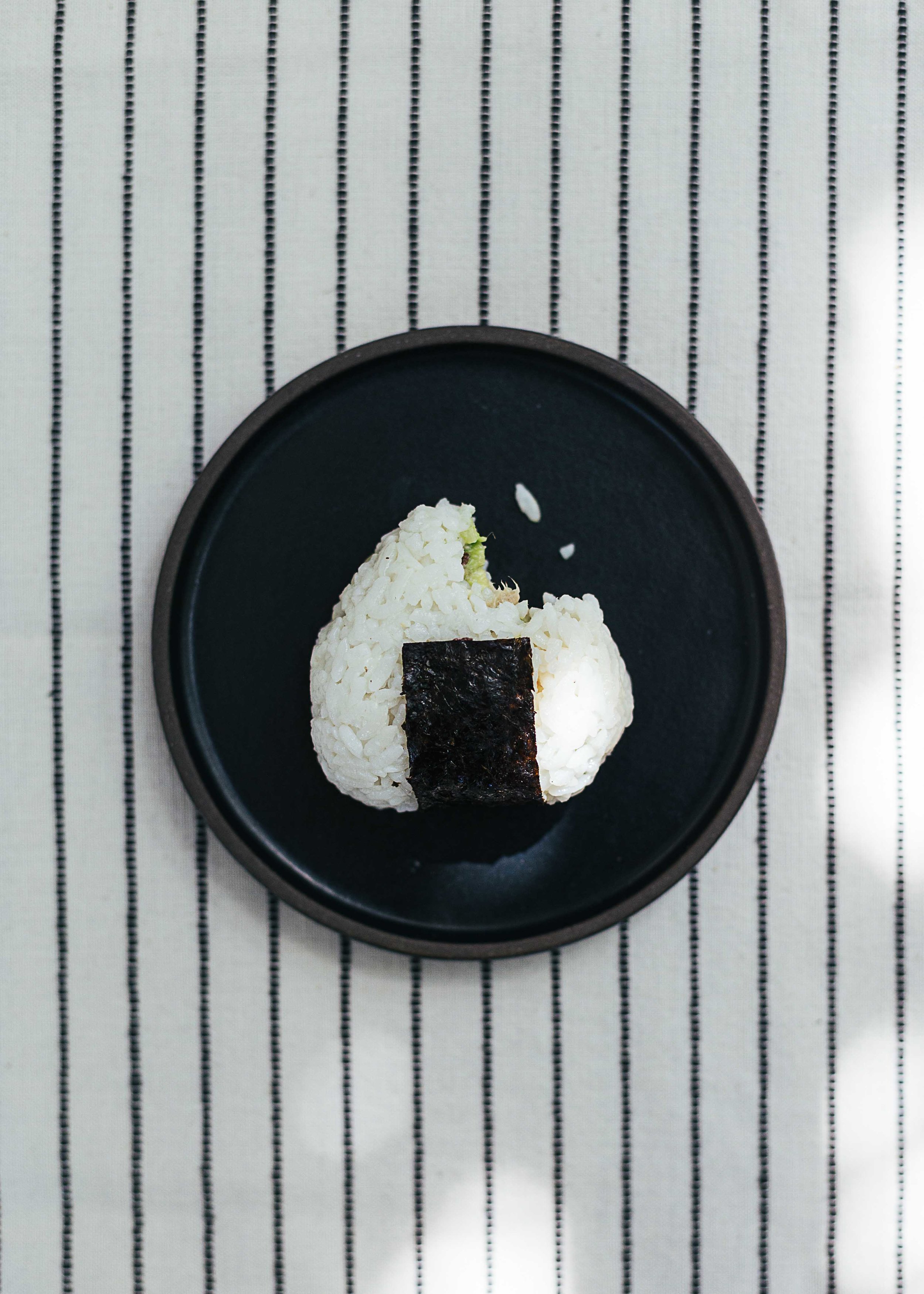My husband made this Indonesian Tofu Gado Gado for me in the early stages of our relationship. It’s a great example of our mutual love for food — fresh flavors, filling, light, and exotic without being too fiery. A classic you’ll come back to again and again.
I’ve tweaked some ingredients to maximize the use of dried pantry goods. For the salad — feel free to substitute with bean sprouts, julienned carrots, purple cabbage, radishes, or top with crispy shallots. I’ll say that the warm potatoes with crispy napa cabbage are the highlights for me here.
Halve or double the portions depending on the party size you’re serving.
Tofu Gado Gado
Serves 4 people as a main course, 6 as a side dish
Ingredients
Salad
1 tbsp vegetable oil
1 pack of fried tofu*
500 grams potatoes, cubed into 1-inch pieces
4 eggs (omit for vegan)
200 grams green beans, ends trimmed and halved lengthways
200 grams Napa cabbage, washed and finely shredded
1 Persian cucumber or 1/2 cucumber, sliced into thin rounds
a handful of coriander leaves, picked and roughly chopped
4 tbsp roasted peanuts, chopped
Spicy Peanut Dressing
50g peanut butter
2 1/2 tbsp soy sauce
1/2 tbsp honey
1 tbsp fish sauce* (omit for vegan/vegetarian)
1 tbsp cane sugar
1 garlic clove
1-inch piece of ginger
2 fresh or dried red chilies (optional)
Juice of 1 lime
75 ml coconut milk
Instructions
Using a large pot, bring 1.5 liters of salted water to a boil. Add the potatoes, and eggs and cook for 9 minutes. While the ingredients are cooking, prepare an ice bath. When the timer goes off, transfer the eggs into the ice bath and chill. Continue cooking the potatoes until fork tender.
Using a blender or food processor — blend all of the peanut dressing ingredients. Adjust the salt and spices to taste. Add more coconut milk or water for desired consistency. Set aside.
When the potatoes from step 1 are almost tender, add the green beans, fried tofu, and boil for 1-2 minutes until tender and bright green. Drain the vegetables, tofu and run under cold water until chilled. Slice the fried tofu into bite-sized pieces.
Peel and cut the chilled eggs in half. Assemble the salad by layering potatoes, green beans, tofu, sliced cucumber, and eggs. Serve immediately with peanut sauce, chopped peanuts, and cilantro.
Cooking Tips:
Substitute fried tofu with firm tofu (cubed and fried) or with tempeh.






